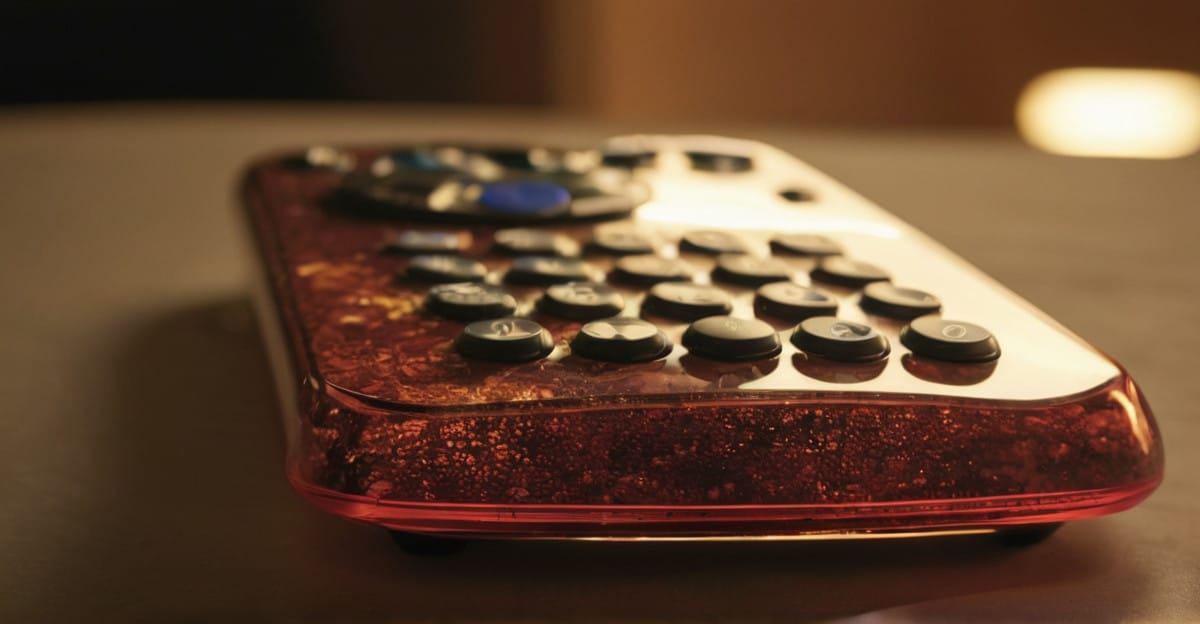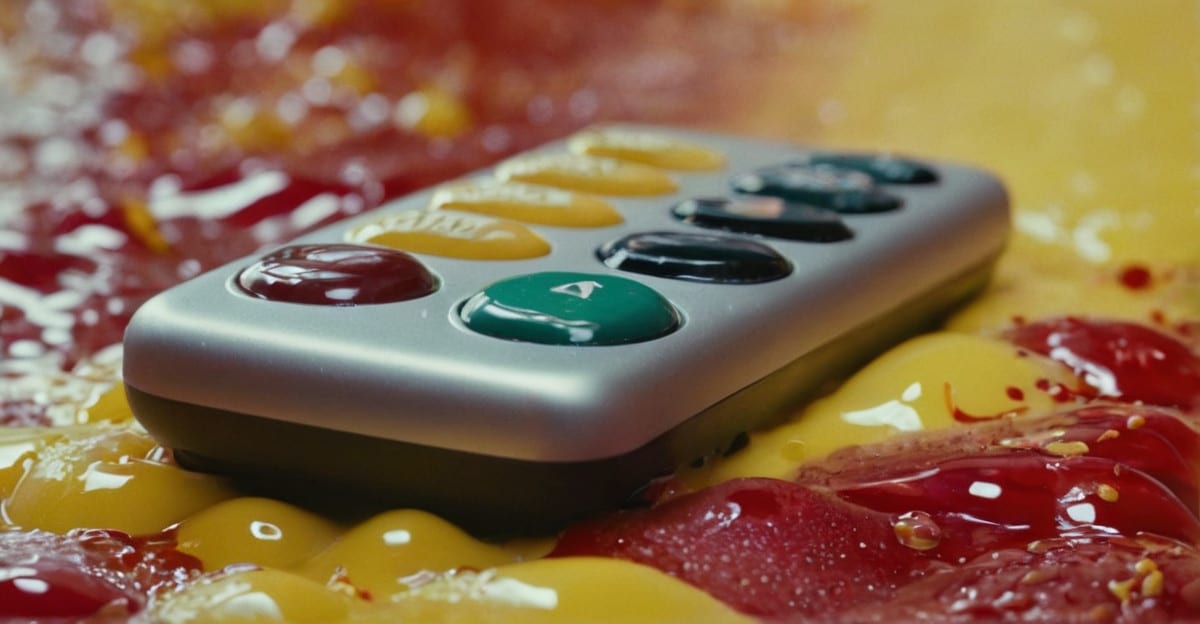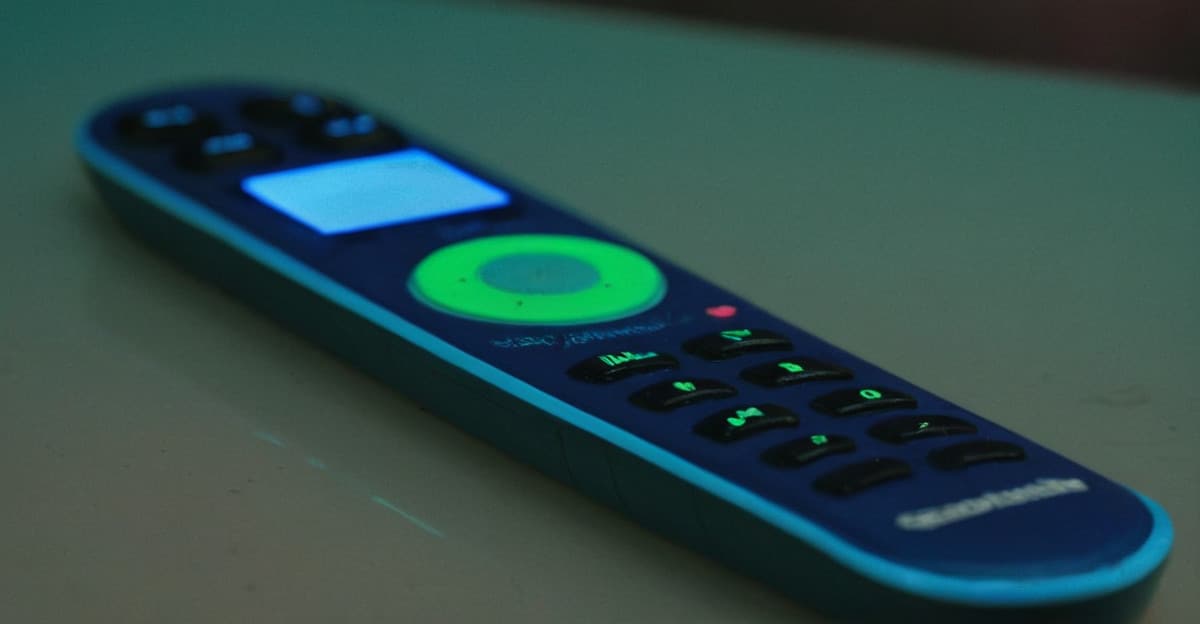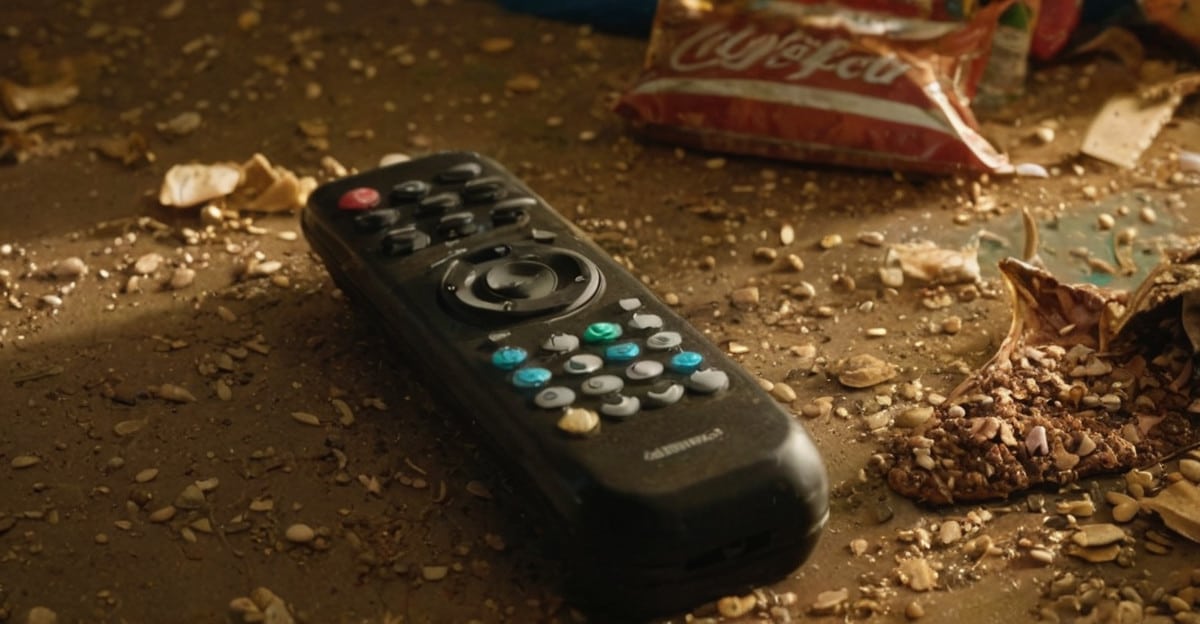
Introduction: Why Do Remote Controls Get Sticky?
Remote controls are an essential part of our daily entertainment experience, yet they often become sticky and uncomfortable to use. Have you ever wondered, why do remote controls get sticky? In this article, we will explore the top 5 surprising reasons behind this common issue and provide practical solutions to keep your remote in pristine condition.
Key Takeaways
- Understanding why remote controls get sticky can help prevent the issue.
- Common causes include residue, spills, and environmental factors.
- Regular maintenance and cleaning can extend the life of your remote.
- Using protective covers can minimize stickiness.
- Awareness of these reasons can lead to more mindful usage.
Reason 1: Accumulation of Hand Oils and Sweat
One of the primary reasons remote controls get sticky is due to the accumulation of hand oils and sweat. Our hands naturally produce oils and sweat, which transfer to the remote’s surface with regular use. Over time, these substances build up, creating a sticky residue that attracts dirt and dust.
To combat this, it’s crucial to clean your remote control regularly. Use a microfiber cloth slightly dampened with water or a mild cleaning solution. Gently wipe down the remote, paying special attention to buttons and crevices where oils can accumulate.

Reason 2: Food and Drink Spills
Another common reason for sticky remote controls is food and drink spills. Snacks and beverages often accompany our TV-watching sessions, and accidental spills can easily occur. Even small amounts of liquid or crumbs can seep into the remote’s buttons, causing them to stick.
To prevent this, try to keep food and drinks away from your remote control. If a spill does happen, clean it immediately. Use a cotton swab dipped in rubbing alcohol to clean around the buttons and remove any residue.
Reason 3: Environmental Factors
Environmental factors such as humidity and temperature can also contribute to a sticky remote control. High humidity levels can cause moisture to accumulate on the remote, making it feel sticky. Likewise, extreme temperatures can affect the materials of the remote, leading to a tacky surface.
To mitigate these effects, try to keep your remote control in a stable environment with moderate temperature and humidity levels. Using a dehumidifier in particularly humid areas can help reduce moisture buildup.

Reason 4: Residue from Cleaning Products
Ironically, using certain cleaning products can also make your remote control sticky. Some cleaners leave behind a residue that can accumulate over time, especially if not wiped off thoroughly. This residue can attract dirt and dust, creating a sticky surface.
To avoid this, choose cleaning products that are specifically designed for electronics or use a simple solution of water and isopropyl alcohol. Always ensure you thoroughly dry the remote after cleaning to prevent any residue buildup.
Reason 5: Wear and Tear
Finally, general wear and tear can cause a remote control to become sticky. Over time, the materials used in the construction of the remote can degrade, leading to a tacky surface. This is particularly common in older remotes or those that see heavy use.
While wear and tear are inevitable, you can prolong the life of your remote by handling it with care. Avoid dropping it, and consider using a protective cover to minimize damage. Regular cleaning and maintenance can also help reduce the effects of wear and tear.
How to Prevent Remote Controls from Getting Sticky
Preventing your remote control from getting sticky involves a combination of regular cleaning and mindful usage. Here are some tips to keep your remote in top condition:
- Clean your remote control regularly using a microfiber cloth and a mild cleaning solution.
- Avoid eating or drinking near your remote to prevent spills.
- Keep your remote control in a stable environment with moderate temperature and humidity levels.
- Choose cleaning products that are designed for electronics and avoid those that leave a residue.
- Consider using a protective cover to minimize wear and tear.
By following these tips, you can ensure that your remote control remains clean and functional for years to come.
How to Clean a Sticky Remote Control
If your remote control is already sticky, don’t worry. Here are some steps to effectively clean it:
- Remove the batteries from the remote to prevent any electrical damage.
- Use a microfiber cloth slightly dampened with water or a mild cleaning solution to wipe down the remote.
- For stubborn residue, use a cotton swab dipped in rubbing alcohol to clean around the buttons and crevices.
- Allow the remote to dry completely before reinserting the batteries.
Regular cleaning can help prevent the remote from becoming sticky again in the future.
Choosing the Right Cleaning Products for Your Remote Control
Not all cleaning products are created equal, and using the wrong ones can make your remote control sticky. Here are some tips for choosing the right cleaning products:
- Opt for cleaning solutions that are specifically designed for electronics. These are formulated to clean without leaving residue.
- A solution of water and isopropyl alcohol is a safe and effective option for cleaning most remote controls.
- Avoid using harsh chemicals or abrasive cleaners, as these can damage the remote’s surface and make it more susceptible to stickiness.
By choosing the right cleaning products, you can keep your remote control clean without causing additional problems.
Why Regular Maintenance is Important
Regular maintenance is crucial for keeping your remote control in good condition. Here are some reasons why:
- Regular cleaning prevents the buildup of hand oils, sweat, and other residues that can make the remote sticky.
- Maintaining a clean remote can improve its functionality and responsiveness.
- Regular maintenance can extend the lifespan of your remote control by preventing wear and tear.
By incorporating regular maintenance into your routine, you can ensure that your remote control remains clean and functional for a long time.
Conclusion: Keeping Your Remote Control Sticky-Free
In conclusion, understanding why remote controls get sticky can help you take proactive steps to prevent this issue. Whether it’s due to hand oils, food spills, environmental factors, cleaning product residue, or general wear and tear, there are effective solutions to keep your remote clean.
By following the tips and strategies outlined in this article, you can maintain a clean, sticky-free remote control in 2024 and beyond. Regular cleaning, mindful usage, and choosing the right products are key to enjoying a seamless entertainment experience.






